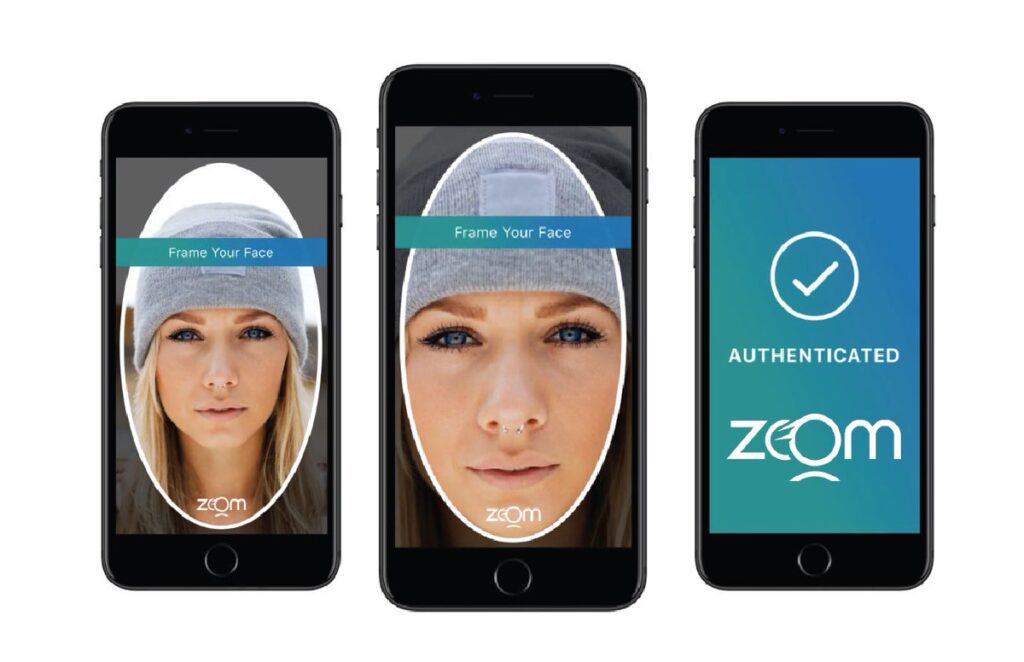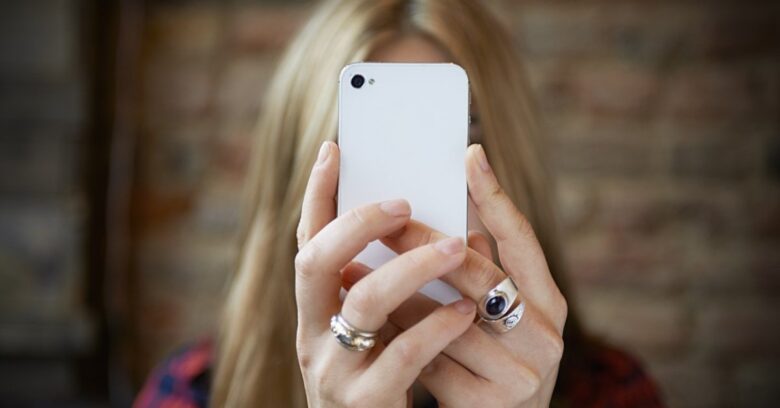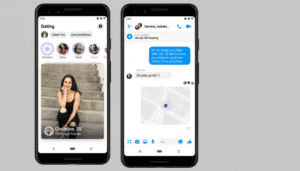If you’ve been on dating apps for a while, chances are that you’ve attempted to be scammed by someone trying to pose as a real person. Of course, most of us have also been catfished at one time or another. In fact, a recent study found that 20% of men and 28% of women who had been catfished had been tricked more than five times. With growing calls for dating apps to enhance protections for users, Tinder has announced the unveiling of new technology for enhanced selfie verification.
Selfie Verification is Not New for Dating Apps
Selfie verification is not new to dating apps. In fact, Bumble appears to be the first dating app to use the feature, which they began using in 2016. Tinder adopted a similar process – the one that the recent move enhances – in 2020. The point of selfie verification is to provide a greater security ID for dating sites, helping users to avoid problems such as romance scams.
The process of selfie verification has traditionally meant that users will upload selfies of themselves. On Bumble, users are requested to upload a selfie while doing a specific gesture such as holding up three fingers or looking to the left. This is then verified to help ensure that the person is who they are claiming to be, providing a secure ID for the dating site. Users that complete this process receive a “verified” icon, communicating to matches and potential matches that they are who they say there are.
On Tinder, the old – well, since 2020 – process works a bit differently. Their selfie verification has asked users to take a real-time photo with their camera. This photo is then compared to the user’s profile photos using AI to determine if they are the same individual. While this process certainly helps prevent romance scams, scammers are able to get around it by simply printing out a picture of who they are trying to impersonate and holding it up for the camera.
Enhanced Selfie Verification to Use FaceMap Technology
Tinder’s newest version of selfie verification is being called “Photo Verification v2” or “Liveness Check” and aims to provide better protection against people trying to circumvent the traditional process. Under this new procedure, users will be asked to take a real time video using their phone’s camera. This selfie video will then be assessed and compared to photos using AI.
FaceTec is the company that the Tinder app has chosen to partner with for this endeavor. Their AI technology, called FaceMap, uses facial geometries to generate a 3D FaceMap ID from their various profile photos. This, in turn, is compared with the video to determine if the user is actually the same person that is in the photos.

The use of this FaceMap technology also helps resolve issues of romance scammers who have been going the extra mile to trick existing Selfie Verification. It will be able to determine if the person in the video is an actual live person. A user holding up a photograph will fail the process, which gives way to the name of “Liveness Check” given to the new technology. While this feature is only available for some Tinder users thus far, it will be rolled out to others in the future.
Selfie Verification is Another Development in the Battle against Romance Scams
There have been glaring calls for dating apps such as Tinder to enhance their efforts to keep users safe from physical, emotional, and financial harm. Providing forms of security ID for dating sites has been a way that two of the largest apps have attempted to solve this call to action. While initial photo verification is a positive step, the new video-based selfie verification from Tinder should further enhance the process.
With romance scams yielding considerable profits, it makes sense that scammers will attempt to find ways to defraud the system and bypass any security measures. Video-based selfie verification will be much more difficult to circumnavigate thanks to the FaceMap AI technology being employed. For users, this will provide an additional layer of safety that helps to make their experience on Tinder a more secure one while also re-establishing Tinder as a leader in protecting consumers.
However, users must be properly educated about these features and what they mean. For example, selfie verification is not required of all users on Tinder. Rather, it is required in order to be listed as a “verified user.” Thus, it is important that Tinder users be taught to look for the verified logo or status and consider that in their dating matches. Additionally, knowing the common signs of romance scams is still very important for users to help protect themselves. Ultimately, selfie verification is an important tool, but users must still practice caution and good decision-making.



